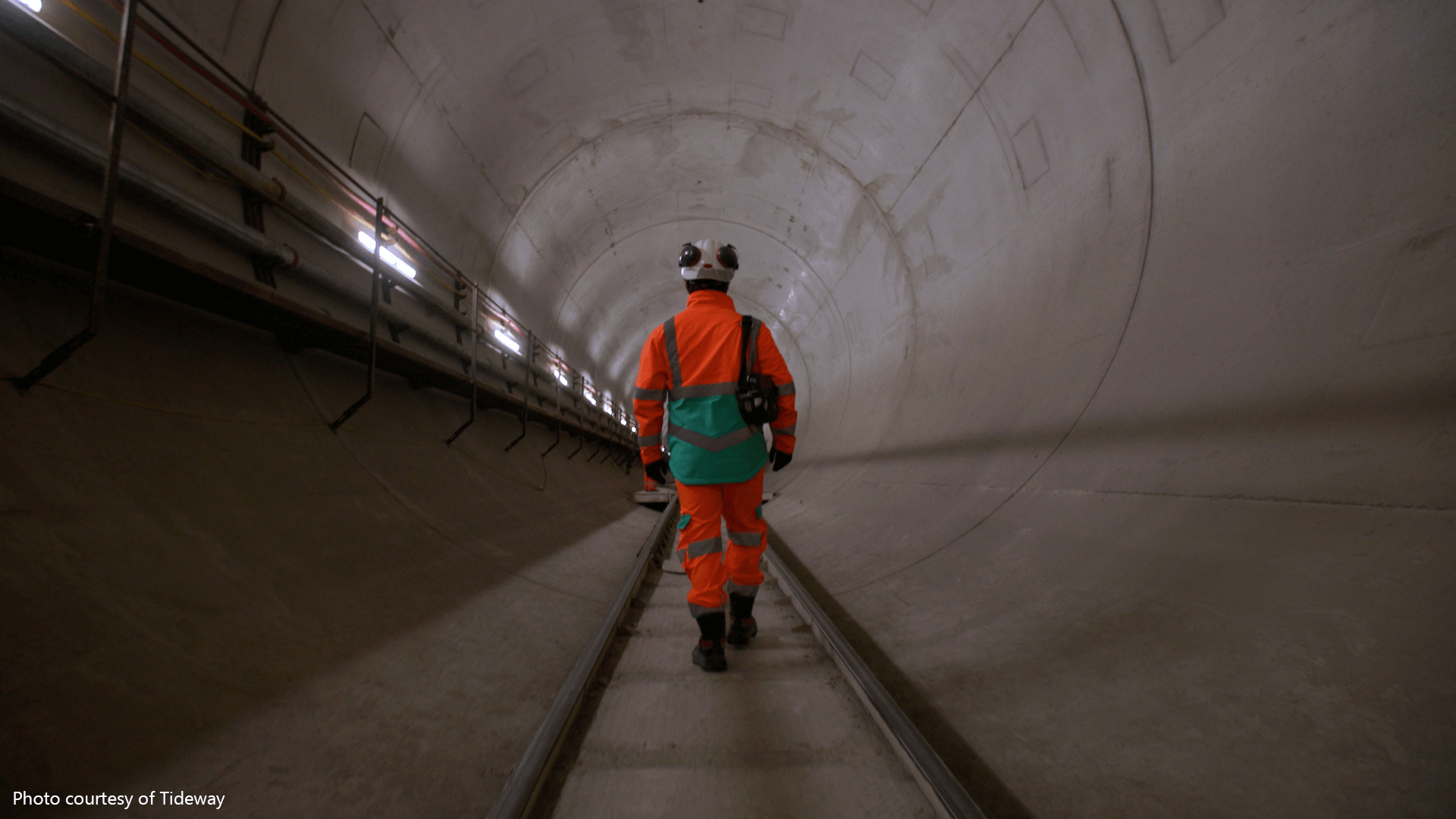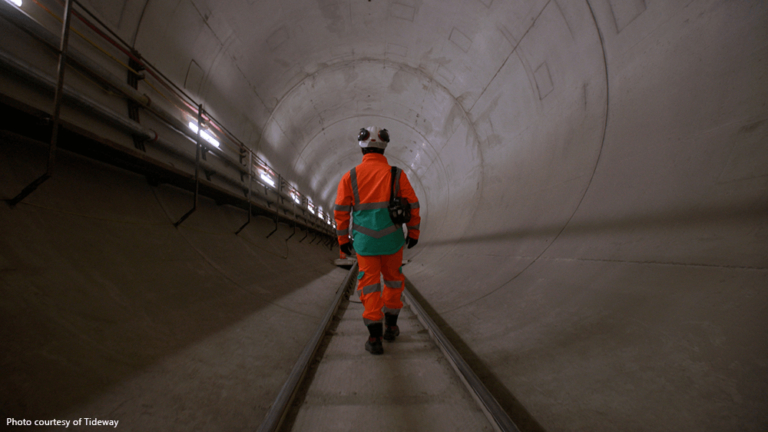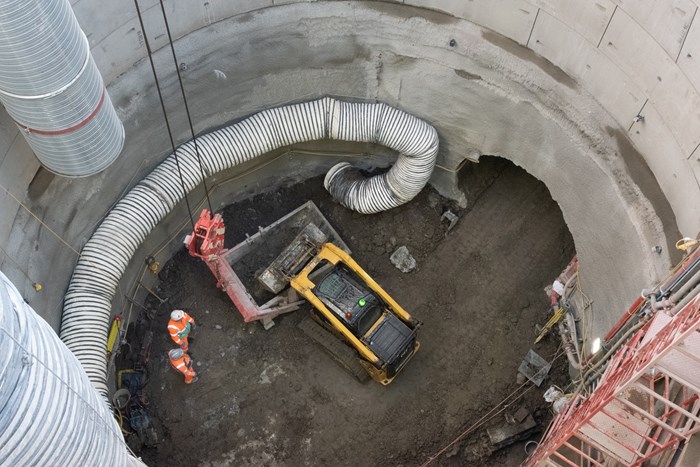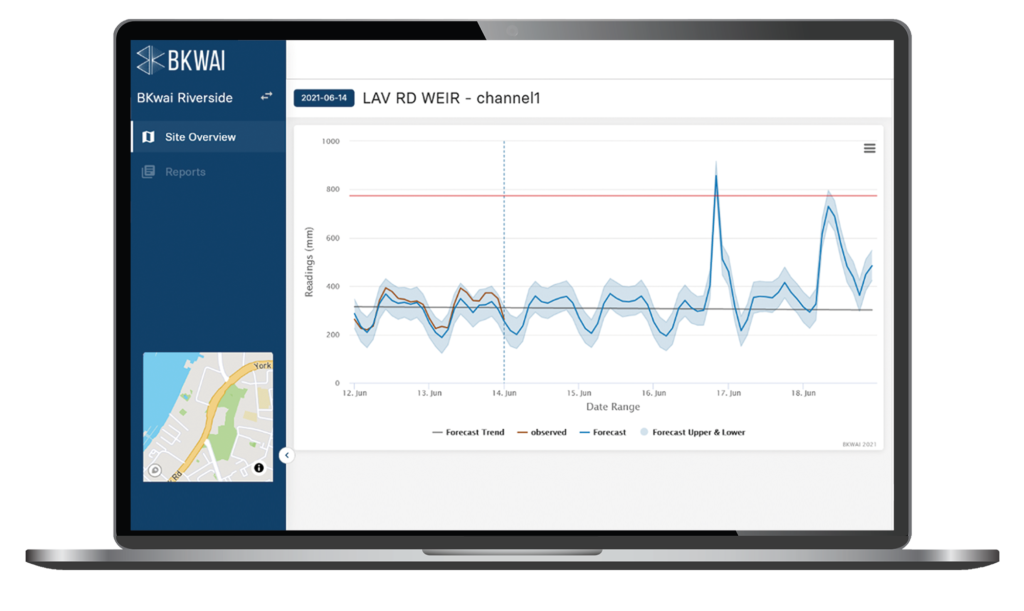

Thames Tideway Tunnel
How Tideway are using sensor and weather data to predict flood risk as they build a super sewer, helping them make timely, cost-effective and safe decisions
The challenge
Tideway has built a new 25km super sewer under the River Thames to update the system designed to serve 4 million people – there are now 9 million people living in London and the current sewers overflow into the river when it rains. The Thames Tideway Tunnel is predicted to prevent the release of 94% of the 709,000m3 of untreated sewage which currently discharges into the River Thames via the existing Falconbrook Pumping Station on average each year.
A 41m deep shaft was excavated at Falconbrook to safely transport intercepted sewage deep below ground before it moves into the new super sewer tunnel. During construction it was in constant use for access into the interconnecting tunnels. The surrounding area is prone to flooding during heavy rain, which puts both people working in the shaft, and equipment at risk.
The only way the site team were able to plan ahead was by looking at weather forecasts and observing rainfall to try to predict when the shaft might flood. As a result, people and equipment sometimes needed to be rapidly evacuated. At other times they didn’t enter the shaft because they thought it might flood, only for it not to flood at all.

